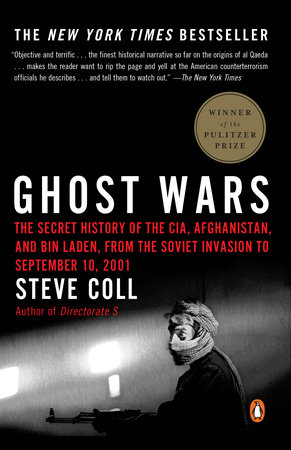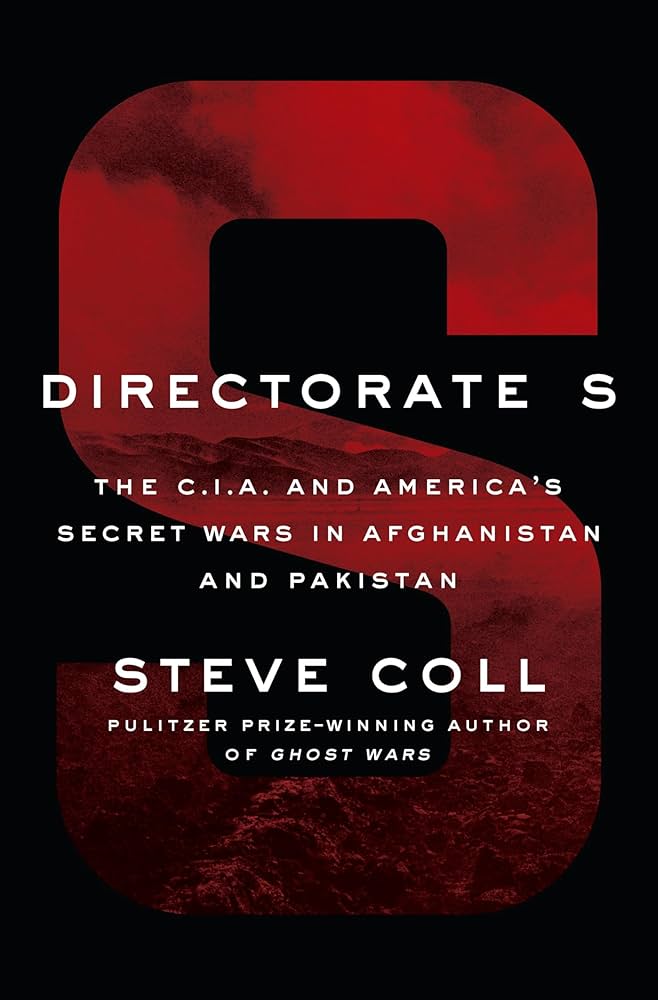Why, ultimately, was it so hard to stand up the Afghan military to a greater extent than America did? Was it some lack of political legitimacy? Some problem with the actual training?
I don’t know what proportion of the factors, including the ones you listed, to credit. But I think that the one additional reason it didn’t work was the sheer scale of the ambition. And this was visible in Iraq as well. Building a standing army of three hundred thousand in a country that has been shattered by more than forty consecutive years of war and whose economy is almost entirely dependent on external aid—that just doesn’t work. What did work was what at various stages people thought might be possible, which was to build a stronger, more coherent, better-trained force, which has effectively been the only real fighting force on behalf of the Kabul government over the past few years. This force is referred to as commandos or Special Forces, but it is basically twenty or thirty thousand people. That you can build with a lot of investment and hands-on training. But you can’t just create an army of three hundred thousand. I remember talking to the Pakistani generals about this circa 2012. And they all said, “You just can’t do that. It won’t work.” They turned out to be right.
The writer Anand Gopal, who has reported extensively from Afghanistan, wrote, “The US designed the Afghan state to meet Washington’s counterterrorism interests, not the interests of Afghans, and what we see today is the result.” Do you agree?
I assume what that means is that the state-building project, such as it was—and about which there were varying degrees of commitment, including very little at the very beginning, after the fall of the last Taliban government—was undermined by the dependence on independent militias and commanders whose role in security was seen as necessary, especially early on, because the main U.S.-led NATO agenda in Afghanistan and the region was counterterrorism. The men under arms—the power brokers or warlords—were seen as essential to that agenda, and it was very difficult to build a normal state when the militias were beyond political accountability (never mind the rule of law) and dominating so many regions of the country.
Over time, there was a recognition that this was not sustainable, and there were efforts to try to fold them into a more normal-looking state and constitutional military, but that project was never accompanied by a push for accountability or an end to the effective independence and corruption associated with those regional militias. I assume you can say that is all the fault of the Western design, but I am not sure I buy that. Afghanistan had these fighting forces on its soil on 9/11 because of the continuous war that had been triggered by the Soviet invasion in 1979, and they didn’t require a U.S.-dictated constitutional design to persist. Of course, they persisted. The real complication about the design of the Afghan state that is now collapsing has at least as much to do with Afghans coming into the country from exile—the same dynamic that we saw in Iraq. Often, very talented and committed people who had been forced out of the country by the wars going back to the late nineteen-seventies tried to bargain with the leaders in Afghanistan about what kind of constitutional and power-sharing system should be designed. They were trying to create a system that would accommodate the power of the militias who had never left, in a very centralized constitutional design.

